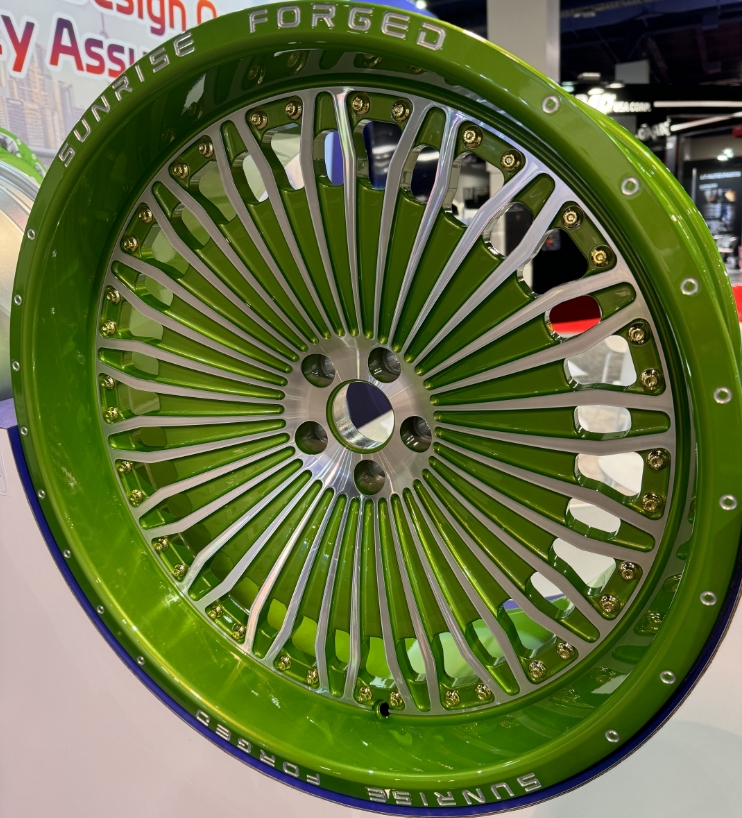Can You Electroplate 3D Prints? A Guide to Metallic Finishes
In the world of 3D printing, innovation knows no bounds. While 3D printing allows for intricate designs and rapid prototyping, the surface finish of these prints often lacks the professional aesthetic or durability required for certain applications. Enter electroplating — a game-changing technique that can turn your 3D prints into stunning, metallic masterpieces. But how does it work, and is it the right choice for your project? Let’s dive in.
What is Electroplating?
Electroplating is a process where a thin layer of metal is deposited onto a substrate (in this case, a 3D-printed part) using an electrical current. The result is a shiny, durable, and metallic surface that enhances the appearance, strength, and conductivity of the original object.
This technique is widely used in manufacturing for creating jewelry, decorative finishes, and functional coatings. In the context of 3D printing, electroplating transforms lightweight plastic parts into objects with a professional, metallic finish.
Why Electroplate 3D Prints?
Electroplating offers several benefits:
- Enhanced Durability: Adds a layer of protection against wear and tear.
- Improved Aesthetics: Creates a polished, professional metallic look.
- Increased Strength: Strengthens the surface of lightweight plastic prints.
- Electrical Conductivity: Makes non-conductive materials conductive, useful in electronics.
Whether you’re creating a prototype, a decorative piece, or a functional part, electroplating can add value to your 3D-printed creations.
Can All 3D Prints Be Electroplated?
Not all 3D prints are suitable for electroplating. The substrate must typically be conductive to allow the process to work. However, most 3D-printed materials, like PLA, ABS, and resin, are non-conductive by nature. Here’s how to address this:
Surface Preparation:
Smooth the print by sanding or polishing to remove any imperfections. A smooth surface ensures an even electroplating finish.
Conductive Coating:
Apply a conductive paint or primer to the surface. This coating allows the electrical current to pass through during the plating process.
Material Selection:
While most materials can be prepared for electroplating, those with higher heat resistance (like ABS) are better suited to the preparatory processes.
How to Electroplate a 3D Print
Here’s a simplified step-by-step process:
Prepare the Surface:
Clean, sand, and polish your 3D print to remove any irregularities.
Apply Conductive Coating:
Spray or brush on a layer of conductive paint. Let it dry completely.
Set Up the Electroplating Bath:
Use a solution specific to the type of metal you want to plate (e.g., nickel, copper, or gold).
Attach an Electrode:
Connect your 3D print (now conductive) to the negative terminal of a power source and immerse it in the solution.
Plate the Metal:
Turn on the power and let the plating process occur. The metal ions in the solution will deposit onto your print.
Rinse and Polish:
After plating, rinse the part in water and polish it to achieve the desired finish.
Tips for Best Results
- Avoid Overplating: Too thick a metal layer can lead to cracking or distortion.
- Mind the Design: Sharp corners or intricate details may need extra care to ensure uniform plating.
- Test First: If you’re new to electroplating, practice on test pieces before working on your final design.
Applications of Electroplated 3D Prints
Electroplated 3D prints are ideal for:
- Decorative Pieces: Jewelry, trophies, and ornamental items.
- Functional Components: Conductive parts in electronics or durable prototypes.
- Display Models: Museum-quality replicas or architectural models.
Challenges to Consider
While electroplating is versatile, it comes with challenges:
- Cost: Metal solutions and conductive coatings can add to project costs.
- Skill Requirement: Proper setup and technique are critical for successful results.
- Material Limitations: Some materials are less compatible with the process.
Conclusion
Electroplating is a powerful way to elevate your 3D prints, offering both aesthetic and functional benefits. By combining the flexibility of 3D printing with the durability and shine of metal, you can create objects that are both innovative and visually stunning.
So, can you electroplate 3D prints? Absolutely! With the right preparation and tools, your plastic creations can rival traditional metal products in beauty and functionality.
Further Reading
Electroplating-vs-physical-vapor-deposition-pvd-coating-a-comparative-analysis















